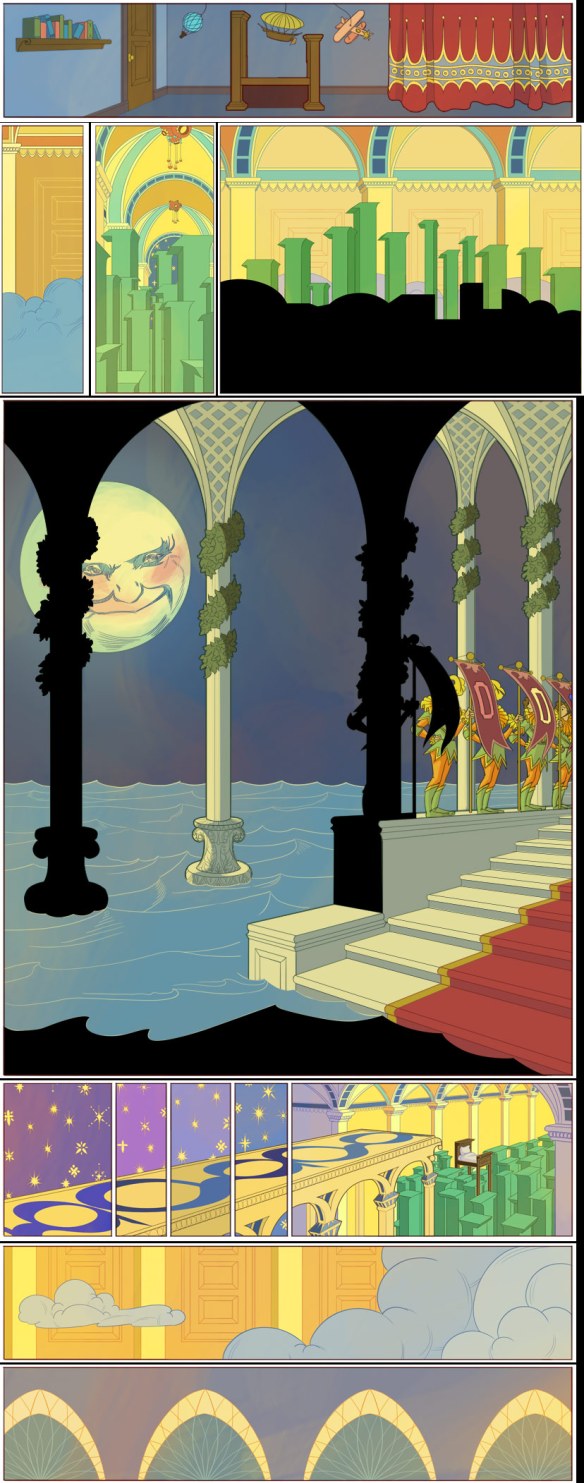I’m watching the first two Daniel Craig Bond movies to refresh my memory before watching the new Bond film “Skyfall” and naturally one’s mind turns to the Cochabamba Water Wars because Bond’s “Quantum of Solace”, the second film, is loosely and somewhat bizarrely inspired by that important Bolivian event.
A too simple summary of the Water Wars is this: Bolivian water in Cochambamba was very poorly managed, leaving about half the folks without water. Government signed an expensive, questionable monopoly contract with an international corporation to build a major dam, generate power, and stabilize and increase the water supply. Large cost increases for this privitized water led the people to protest , which in turn created enough unrest that the company left the country and water production was turned back over to a public management.
Water has become a critical issue in many parts of the world, and privatization is a big part of that story. Unfortunately it’s impossible to analyze the effects in a simple way. There are many examples of successful and unsuccessful private efforts as well as public ones, and it’s clear that one cannot simply dismiss either option without risking suboptimal water provision to those of us whose lives depend upon a stable supply of clean water. And by “those of us” I mean of course every human on the planet.
Wikipedia has a nice summary but it appears to stop in 2006, so more research is needed to see how the people of Cochabamba fared after kicking out the corporations:
Cochabamba Water Wars Outcome from Wikipedia:
In the end water prices in Cochabamba returned to their pre-2000 levels with a group of community leaders running the restored state utility company SEMAPA. As late as 2005, half of the 600,000 people of Cochabamba remained without water and those with it only received intermittent service (some as little as three hours a day). Oscar Olivera the leading figure in the protests admitted, “I would have to say we were not ready to build new alternatives.”[19] SEMAPA managers say they are still forced to deal with graft and inefficiencies, but that its biggest problem is a lack of money (it can not raise rates and no international company will give them a loan).[19] Luis Camargo, SEMAPA’s operations manager in an interview with the New York Times said they were forced to continue using a water-filtration system that is split between “an obsolete series of 80-year-old tanks and a 29-year-old section that uses gravity to move mountain water from one tank to another.”[19] He stated that the system was built for a far smaller city and worried about shrinking aquifers. A system to bring water down from the mountains would cost $300 million and SEMAPA’s budget is only about $5 million a year.[19] The New Yorker reports “in Cochabamba, those who are not on the network and who have no well, pay ten times as much for their water as the relatively wealthy residents who are hooked up”, and with no new capital the situation can not be improved.[1] A local resident complained that water-truck operators “drill polluted water and sell it. They [also] waste a lot of water.”[1] According to author Frederik Segerfeldt, “the poor of Cochabamba are still paying 10 times as much for their water as the rich, connected households and continue to indirectly subsidize water consumption of more well-to-do sectors of the community. Water nowadays is available only four hours a day and no new households have been connected to the supply network.”[20] Franz Taquichiri, a veteran of the Water War and an SEMAPA director elected by the community, said “I don’t think you’ll find people in Cochabamba who will say they’re happy with service. No one will be happy unless they get service 24 hours a day.”[19] Another Cochabamba resident and activist during the unrest summed up her opinion of the situation by saying, “afterwards, what had we gained? We were still hungry and poor.”[21]

